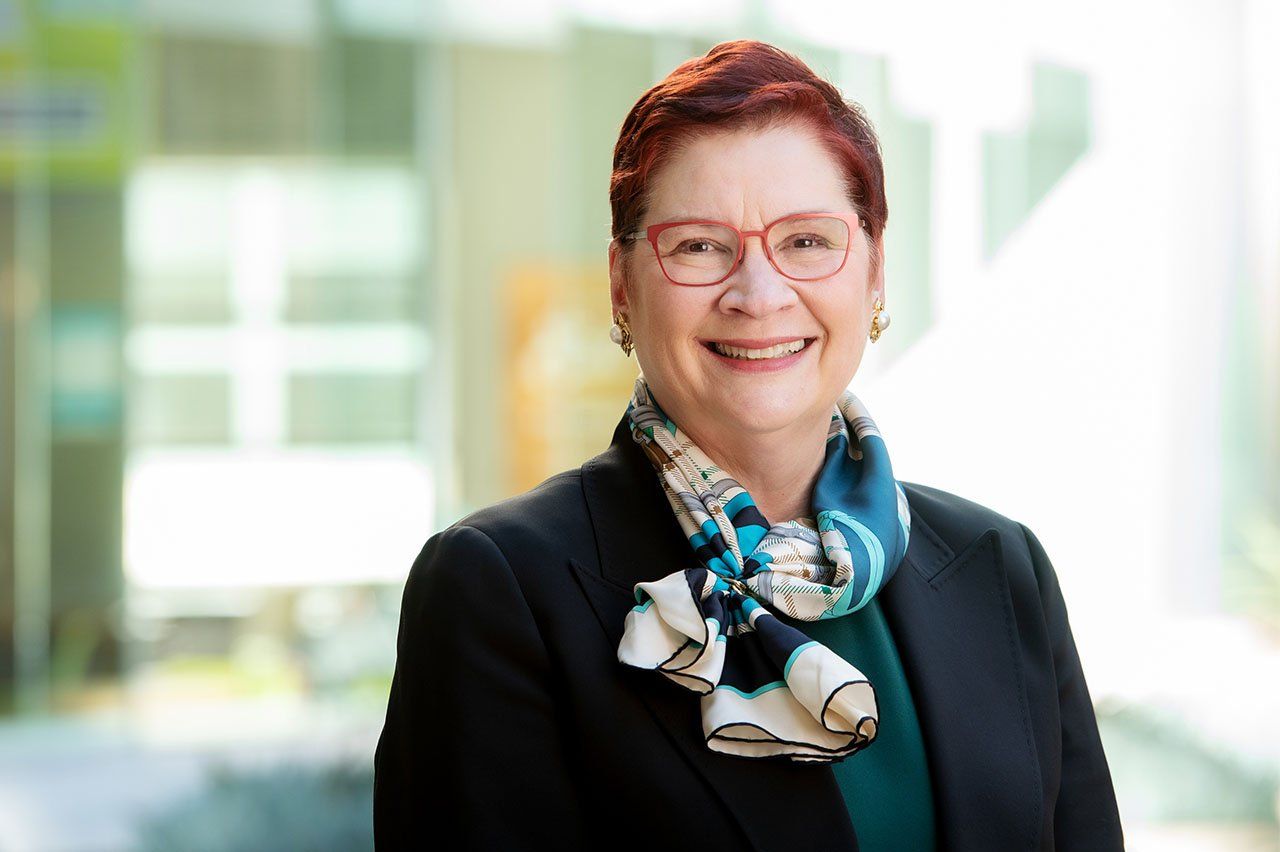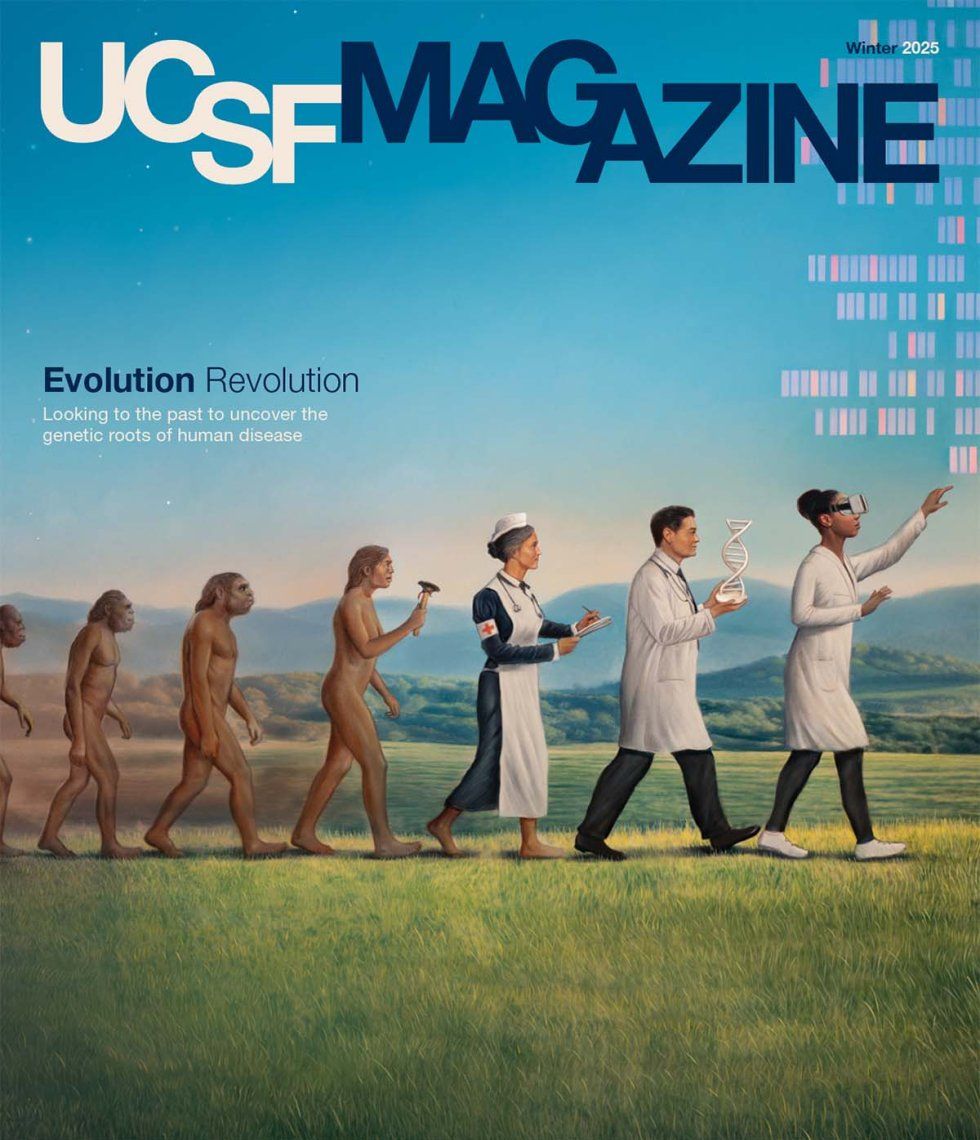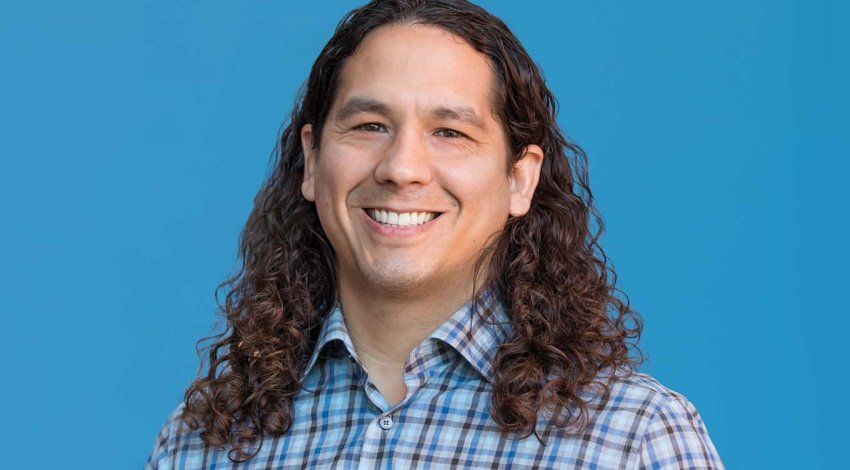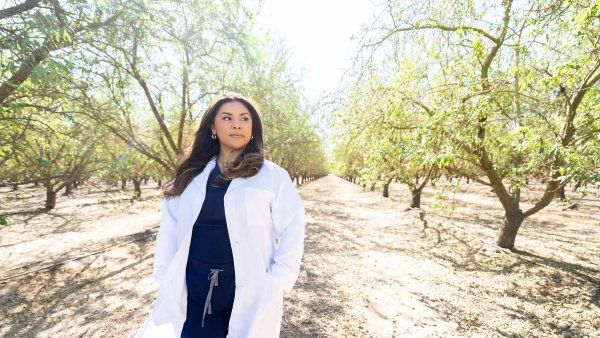What Bold Steps Are Needed to Lead UCSF into a New Era?
Q&A with Catherine Lucey, UCSF’s executive vice chancellor and provost

From the start, Catherine Lucey, MD, has defied expectations. While most of her peers pursued careers more commonly associated with women at the time, she was determined to become a physician. Forging a path in a male-dominated profession, she rose to become a respected leader who has shaped academic medicine. Now, as executive vice chancellor and provost, she’s driving UCSF into a new era of research and education.
How do you begin tackling health care’s most demanding challenges?
It requires looking beyond our institution – at our patient community, city, state, and nation – and asking, “What does the world desperately need from us?” It’s about daring to think beyond incremental shifts and envisioning what could genuinely change the game. Asking big questions helps us think more expansively about what we can accomplish.
We are a small university. How can we make a big impact?
Transforming health care isn’t about having just a world-class hospital. We also need a world-class discovery mission and educational environment. In addition, we need partners to help us develop or advance the best ideas into treatments for our patients. External partnerships with other academic institutions, foundations, and biotech and pharma firms have helped our researchers move discoveries into clinical trials and ultimately into therapies that hold great promise for treating and even curing diseases – biologic technologies like CRISPR and living therapeutics.
For example, our partnership with Thermo Fisher Scientific, located near our Mission Bay campus, will enable us to take cells from our patients and move them to commercial labs that then use technologies – discovered at UCSF – to develop targeted cell therapies. We may be a small university, but our faculty’s creativity and our diverse partnerships allow us to punch above our weight.
Would you consider yourself a strategic disruptor?
I love that term! I think it’s essential to examine systems and complex problems through a visionary lens and be willing to disrupt paradigms. My office supports people within UCSF in doing their best work, which sometimes involves what I call bureaucracy busting. Academia often clings to outdated systems or policies. We’re actively working to find and modernize policies and systems to make work easier and more efficient for our people.
For example, we’ve improved UCSF policies around childbearing and child-rearing. When academic medicine first emerged as a field, it was a homogeneous population of primarily white men. Today, we have a diverse workforce representing different races, ethnicities, genders, sexual orientations, religions, and countries of origin. Our new programs include extended maternity and paternity leave benefits, enhanced lactation support services, flexible work arrangements, and increased on-site childcare availability. These programs better align with the needs of our current and future workforce. Systems improve when we’re willing to question the status quo.
I’d love to see California invest in a strategy that ensures every person in every community in the state who needs care has access to a UCSF-quality health professional. That goal is one reason we’re working with our colleagues at UC Merced and UCSF Fresno to launch a new medical education program.”
What is one radical change you’d like to see in medical education?
I’d love to see California invest in a strategy that ensures every person in every community in the state who needs care has access to a UCSF-quality health professional. That goal is one reason we’re working with our colleagues at UC Merced and UCSF Fresno to launch a new medical education program. It’s an example of how you can improve the health of communities by training people from those communities to be outstanding clinicians. Ensuring that every community in the state has access to exceptional care will require building on this pilot program and engineering others like it.
How do you manage the risk involved in advocating for unconventional approaches?
Risk is inherent in any innovative endeavor, but we lean on the scientific method. We plan, we test, and if things don’t go as expected, we learn and iterate. A failure in our community of scientists and educators simply means that we need another iteration.
In my previous role in medical education at UCSF, a student from a historically marginalized group questioned the fairness and equity of our grading system. It led to a difficult and uncomfortable discussion, but we took the point seriously. A thorough internal investigation uncovered significant inequities that often favored students from majority populations. This led us to make substantial modifications to ensure a fairer grading system.
We published our findings in the peer-reviewed literature, sparking similar investigations and reforms across dozens of institutions and ultimately influencing national standards. This effort exemplifies our commitment to surfacing ideas, listening to concerns, and taking decisive action to create meaningful change.
What is the key to revolutionizing science at UCSF?
Transformational change thrives in an environment where idea-sharing is encouraged. I think the team spirit here is remarkable, and it’s because of a culture of curiosity and a level of humility. We have always walked the walk in terms of collaboration, and team science is central to our reenvisioning of the Parnassus Heights campus, especially in the new UCSF Barbara and Gerson Bakar Research and Academic Building. The building is designed by scientists for scientists and strategically locates researchers from various disciplines adjacent to each other – for example, cancer, immunology, microbiota, and diabetes – to spur discovery. It’s a revolutionary shift in how we do science and address significant issues in human health.
Catherine Lucey, a resident alum, began serving as UCSF’s executive vice chancellor and provost in January 2023.





